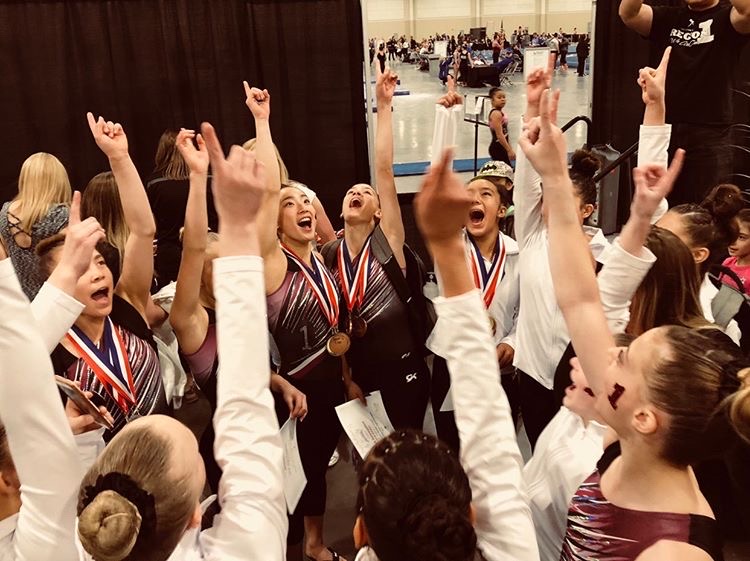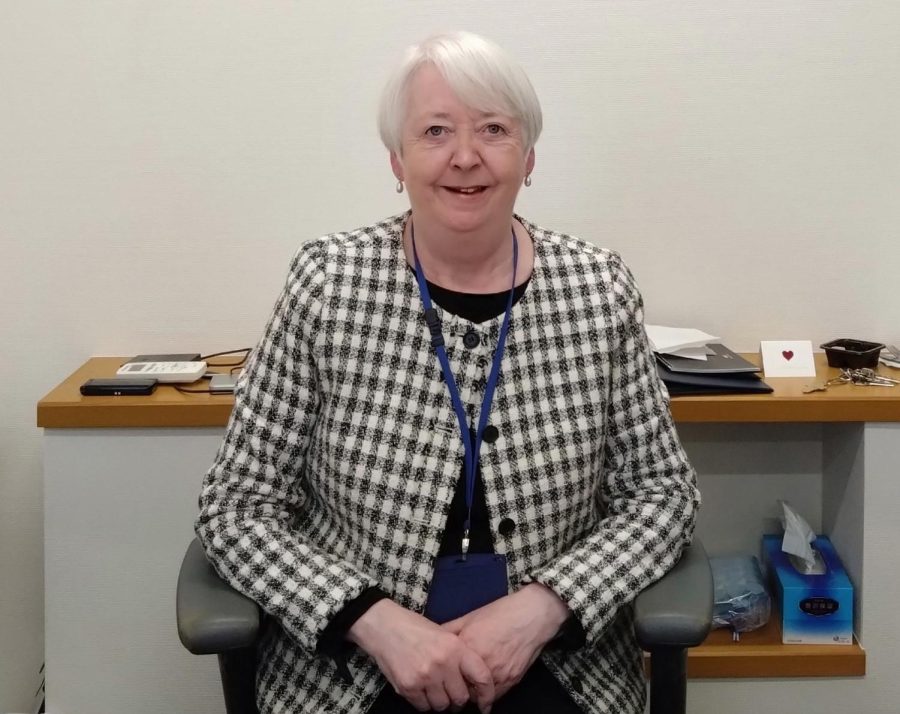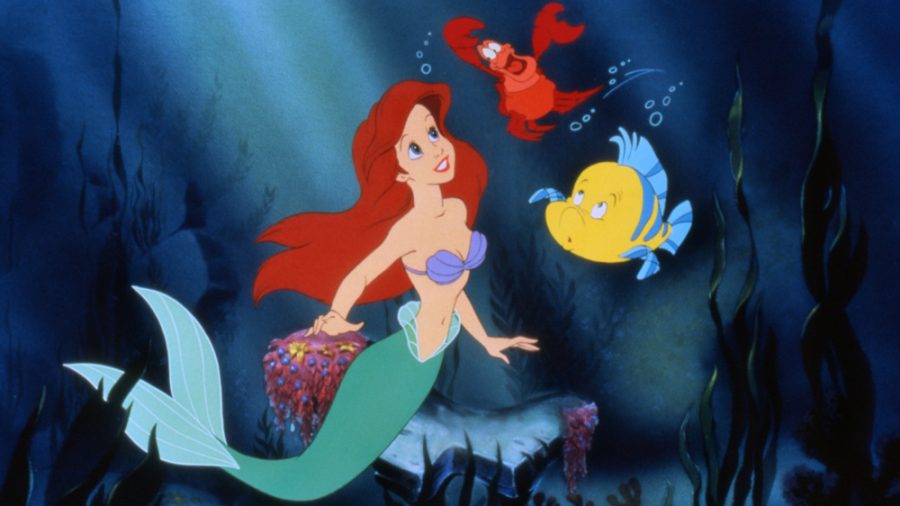Do you see the colors in ‘The Little Mermaid’?
When Disney announced this summer their decision to cast an African-American actress Halle Bailey for the role of Ariel in the upcoming live-action The Little Mermaid movie this summer, the news was met with polarized reactions from the fans awaiting the adaptation. While it is not the first time that the major film-corporation has assembled a radical selection of racially diverse casts — Disney’s choice of the actress Naomi Scott as Princess Jasmine in the live-action “Aladdin” movie in 2017 had received similar backlash regarding the actress being biracial (British and Indian), not Middle Eastern — it is the first time that Disney replaced an originally white character to be played by a non-white actor; thus the controversy.
Most of Halle Bailey’s colleagues reacted to her casting with much delight. The actress had formerly shone in the TV series “Grown-ish”, but she hadn’t yet the opportunity to spread her wings in major feature films. Many fellow actors, therefore, congratulated Bailey’s success in getting a spot in the perhaps most-anticipated Disney film of the year.

The casting means much more beyond Bailey’s celebratory debut in Hollywood. After all, she will be completely overturning Disney’s uniformly-white princess paradigm by recreating the predominantly-European image of the red-headed Ariel. The decision to do so, undoubtedly, was a big step on Disney’s part to take “diversity” to the next step. Molly W. (11) and Jihyun H. (11) expressed their delight in Disney’s attempt at diversity by pointing out their historically underrepresented princesses of color and went as far as to claim its potential implications on the younger generation of children who will grow up watching this new version of Ariel rather than the animated one. “Incorporating different races would finally address the lack of diverse representation that Disney has been facing,” especially with its “widely white” cohort of princesses, Molly W. (11) claimed in an interview.
Yet, some were evidently displeased by Disney’s decision to change the race of their favorite mermaid-princess as the hashtag #NotMyAriel was trending on Twitter after the big announcement. Reasons behind their rage varied from nostalgic sentiments to “ginger” representation. With so many fans of the 1989 animated-original of “The Little Mermaid” feeling attached to the redheaded white mermaid, they expressed their discomfort of having their version of Ariel change skin and hair color. They claimed that the live-action movie has the obligation to “accurately” deliver the animated-version’s characters — including Ariel’s iconically long, flowy red curls — and fulfill the imagination of fans who have awaited a real-life Ariel since the film three decades ago.
June Y. (10) and Hana H. (10) stated similar opinions. Disappointed that Bailey would not be able to portray Ariel’s signature looks, the two accused Disney of chasing what seems to be a “trend” in Hollywood. They elaborated that their disappointment, however, was not directed toward the actress herself, but toward the company for making such a decision for the sake of reputation at the cost of many fans’ “childhood memories”. They were worried that this new Ariel will “change the whole impression” of Ariel forever. To this, Hana K. (12) seemed to understand that, although she herself does not relate because she is “not a huge fan of ‘The Little Mermaid,'” fans of the character may be let down after years and years of waiting.

Another voice from those opposing the change was regarding the “reverse discriminatory” representation of redheaded whites. These people stated that “gingers” themselves are underrepresented in Hollywood and that, as children, they had viewed Ariel as every redheaded girl’s (and boy’s) role model. They were let down to find out that their long-lived “ginger” princess was to be replaced with another race. At the same time, many added to their comments to make clear that their rejection of Bailey’s Ariel wasn’t to be taken with racist implications: they were in support for her to play another role of an originally-Black princess, just not Ariel who is, as they suppose, of Danish descent and should remain so. Hana (10) went to point out that this was an explicit case of “double-standards. Had this been the other way around, what would it have been like?”
However, it is important to remember that this Ariel character in discussion is fictional and therefore does not exist or represent an actual person, as many supporters of Bailey claim online. Jihyun H. (11) also focused on the fact that the purpose of the remake is not necessarily to realize every single detail, but rather capture the “defining features of the characters such as voice or overall energy” because of this same reason. In fact, both she and Molly identified factors such as physical appearance as additional details that are not central to the story’s plot. The actress’ talent to deliver Ariel’s lively spirit, they said, should be the determining factor.
In other words, the root of this controversy boils down to a fundamental difference in how one defines a remake — does it have an obligation to stick to the original as best as it can, or is it to add perspective to the existing original? What many of these critics are forgetting is that this question itself is contingent upon how the actual movie portrays the characters as individuals and an ensemble — something none of us knows yet. None of us have seen the final product, and there are millions of possibilities Disney can take with this movie. Any judgment about the actual performance before watching the film at least once would be premature.

Jonah Hauer-King, an English actor was cast for the role of Prince Eric in the live-action The Little Mermaid.
Especially with the recent casting of Jonah Hauer-King, an actor of obvious Caucasian descent, as Prince Eric, this question of unpredictability becomes important. As many of the critics of Bailey’s casting suggest, certain elements of “The Little Mermaid” such as Prince Eric “educating” Ariel the mermaid about, say, how to use a fork may raise definite red-flags when it is portrayed by a White male and a Black woman. At the same time, however, this has yet happened, and therefore whether Disney will manage to cleverly execute diversity without making any cultural offenses is still a question unanswered. In fact, scripts have been reworked to adapt to the different circumstances of popular remakes in the past, so there is a high possibility that the same will happen with this remake of “The Little Mermaid”. What Molly had to say about this matter brings to light the bright side, which has just as much chance of happening as the darker concerns. “It would be nice for younger kids to see a diverse couple and see how [they] don’t have to just associate yourself with people of the same race.”
With beautiful musical numbers from the original movie and talented actors — just imagine the competition they must have gone through to be cast! — to bring the lovely characters to life, Disney has the ingredients for a family-friendly blockbuster. However, whether the diversely assorted actors are charming enough to overcome the many obstacles of controversy or will plant the seed for the long-term success of a new generation of Disney classic princesses, we don’t know. We’ll just have to wait and sea.
























































